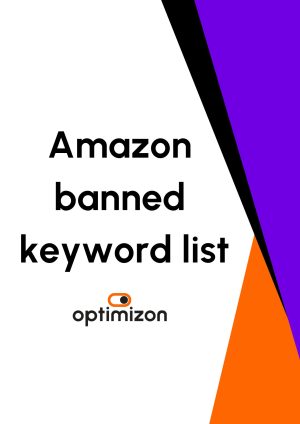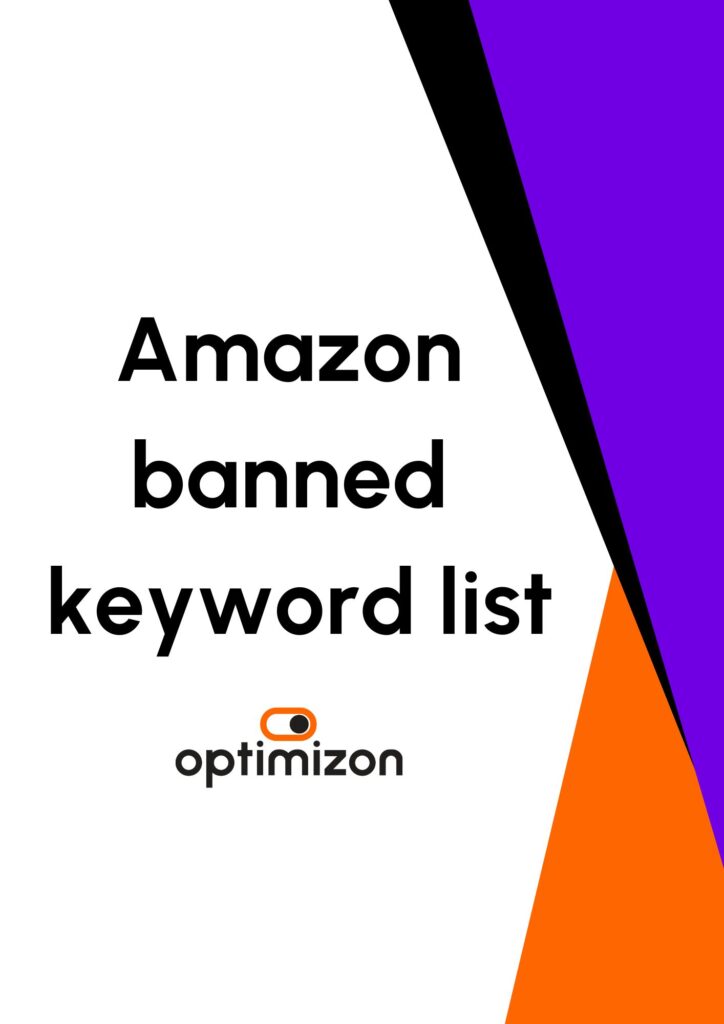Selling on Amazon offers incredible opportunities, but the million-dollar question is: Which selling model should you choose? Whether you’re new to the Amazon marketplace or a seasoned seller looking to optimise your strategy, understanding the differences between the 1P (first-party) and 3P (third-party) models is essential. Or maybe you’re considering a hybrid approach—why not take the best of both worlds?
In this blog, we’ll break down the pros and cons of each model to help you decide which option is best suited to your business and goals. Let’s dive in!
The 3 Main Ways to Sell on Amazon:
Amazon Vendor (1P Selling): You sell your products in bulk directly to Amazon. Amazon then handles selling your products to customers.
Amazon Seller (3P Selling): You sell directly to customers through the Amazon marketplace, managing your listings, pricing, and inventory.
Hybrid Selling: A combination of both approaches, where you can choose to sell certain products via Amazon Vendor and others via Amazon Seller.
What Does It Take to Become an Amazon Vendor?
First things first—Amazon Vendor isn’t open to everyone. To be invited to this exclusive programme, businesses typically need to generate at least £1 million in turnover on their Amazon Seller account. That’s a significant milestone, but once you’re in, it opens up new opportunities to collaborate directly with Amazon.
Breaking Down 1P and 3P Selling
Let’s explore how each model works and what they mean for your business:
1P: Amazon Vendor
When you become an Amazon Vendor, you sell your products directly to Amazon. Amazon then becomes responsible for pricing, shipping, and inventory management. Sounds easy, right? Well, it is a low-maintenance option, but you do lose control over how your brand is represented, including pricing decisions.
3P: Amazon Seller
In contrast, 3P selling gives you the reins. You sell directly to individual customers, and you get to call the shots on pricing, product listings, inventory, and shipping. This model offers far more control, making it perfect for businesses that want to grow their brand while keeping flexible pricing strategies in place.
Hybrid Approach: Best of Both Worlds
Some businesses choose to adopt a hybrid strategy, selling specific products via Amazon Vendor while managing other products themselves through Amazon Seller. This approach can offer a great way to maximise profits while ensuring different products are managed in the best possible way.
How Each Model Works:
1P (Amazon Vendor)
Process: Amazon sends purchase orders based on predicted demand, and you fulfil those orders. It’s a simple process, but be prepared to give up pricing control.
Low Maintenance: Amazon handles everything from inventory management to pricing and customer service.
3P (Amazon Seller)
Process: You manage your own product listings, set prices, and oversee shipping. The extra responsibility comes with increased control and flexibility.
Perfect for New Launches: Since you control your listings and marketing, launching new products is much easier under the 3P model.
The Pros and Cons of 1P and 3P
Both models have their perks and pitfalls. Here’s how they stack up:
Amazon 1P Pros:
- “Sold by Amazon” Trust: The powerful “Sold by Amazon” label can significantly increase trust and conversion rates.
- Enhanced Visibility: Amazon often gives preference to 1P products in search results and marketing campaigns.
- Minimal Effort: Amazon handles inventory, logistics, pricing, and even customer service—great for hands-off sellers.
- Access to Exclusive Tools: 1P sellers get access to Amazon’s top-tier advertising tools, like A+ Content, without needing to be Brand Registered.
Amazon 1P Cons:
- Limited Control: You’ll have little to no control over pricing and brand representation, which can impact your brand image.
- Lower Margins: Wholesale pricing means slimmer profit margins compared to 3P.
- Slow Payments: Payments can take 30, 60, or even 90 days, potentially creating cash flow issues.
- Fees Galore: Be aware of additional fees (like co-op, marketing, and freight) which can reach up to 25% of your sales.
Amazon 3P Pros:
- Full Control: You have complete control over pricing, product listings, and inventory. Flexibility is king here!
- Higher Margins: By selling directly to customers, you can enjoy higher profit margins.
- Global Reach: You can sell across multiple marketplaces, using programs like Amazon NARF (North America Remote Fulfilment) to expand internationally.
- Unlimited Listings: You can list as many products as you like—no need to wait for Amazon to place an order.
Amazon 3P Cons:
- It’s All on You: You’re responsible for everything—pricing, inventory management, shipping, and customer service.
- Amazon Fees Still Apply: Even as a 3P seller, you’ll still need to factor in fees, especially if you use Fulfilment by Amazon (FBA).
- Inventory Risks: Mismanage your stock and you could face high storage fees or run out of stock at the worst time.
Is the Hybrid Model Right for You?
For many, a hybrid approach offers the best of both worlds. But it also comes with its own unique challenges.
Hybrid Model Pros:
- More Flexibility: You can control pricing on specific products as a 3P seller while benefiting from Amazon’s marketing support on 1P products.
- Data-Driven Decisions: Seller Central offers detailed reports, allowing you to make informed decisions to boost sales and optimise your listings.
- Handle Unpredictable Demand: If Amazon underestimates demand for a product on Vendor Central, you can step in with your Seller account.
Hybrid Model Cons:
- Increased Complexity: Managing both a Vendor and Seller account can be overwhelming. You’ll need to be organised and familiar with both platforms.
- More Responsibility: Handling both sides means you’ll need to stay on top of everything—from pricing and customer satisfaction to returns and taxes.
Choosing the Best Model for Your Business
So, which selling model is right for you? It all comes down to your business’s unique needs, resources, and goals. If you value convenience and don’t mind sacrificing some control, 1P (Amazon Vendor) might be your best bet. If you prefer control over pricing and customer interactions, 3P (Amazon Seller) is a great fit. And if you’re up for a challenge and want to maximise your profits, the hybrid model could give you the flexibility and reach you need.
Still not sure which model suits your business best? Get in touch with us today! Our team of Amazon experts can guide you through the process and help you build a strategy that works for your brand.
Contact us now to find out more and supercharge your Amazon selling game!
Choosing the right selling model on Amazon can make all the difference in your business’s success. Whether you opt for 1P, 3P, or a hybrid strategy, the key is to stay informed and adapt to Amazon’s ever-evolving marketplace. Ready to take the next step? Let’s make your Amazon business thrive together—contact us today for expert advice tailored to your specific needs!





